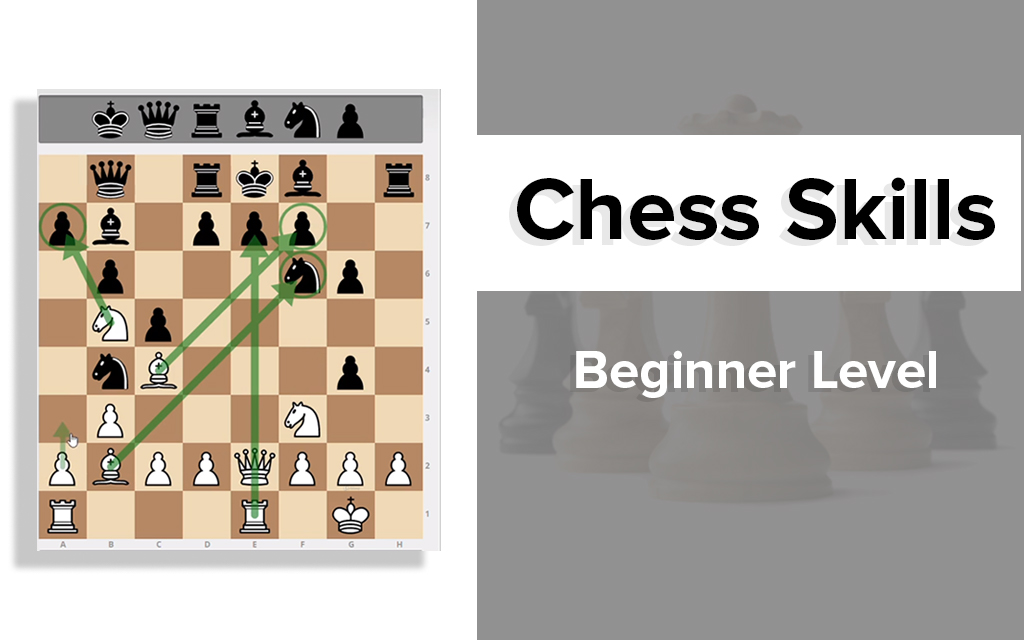
Jun 03 2021 - Video Course (3 hrs 28 mins)
This course focuses on the basics of the chess rules, the abilities of the different pieces, the rules of castling, basic tactics, what each piece should be thinking about, and how to use them together while following opening principles. It shows the transformation between the opening, middlegame, and endgame, pointing out the key aspects and rules of each one. This is meant to give you a fair idea of what to do in whichever position you might get, even if you're not familiar with more advanced tactics and positional ideas.
Created by Mike Ivanov
This course includes:
Stay up to date:
What you'll learn
Requirements